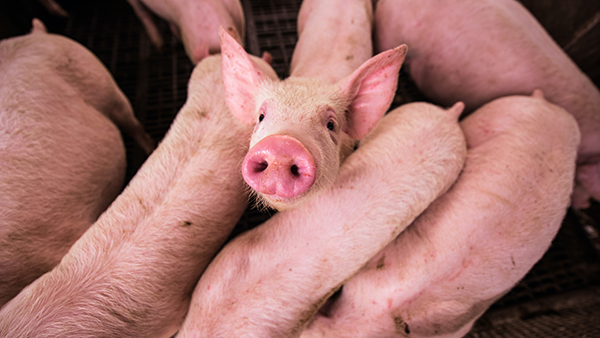According to the National Integrated Drought Information System (NIDIS), drought is the new normal in the US, impacting “43.16% of the US and 51.39% of the lower 48 states. Good Day BIO argues that there is an urgent need for the deployment of biotech solutions for drought.
While numerous western states are impacted by a multiyear “megadrought”, heat waves and low precipitation are hitting the Northeast causing “flash droughts” breaking the heat records in several cities. The flash droughts also hit Texas, where all the cattle ranchers are forced to sell their livestock which they can’t keep alive, CNN reported.
The National Weather Service stated that the people should expect the drought conditions to proceed through the fall.
Nature reports that, although scientists have been warning us for a long time about extreme weather, the pace of change has surprised the experts.
Biotech solutions for drought
In this manner, biotech can help by reducing our dependence on fossil fuels, by improving carbon sequestration, and by using less water for agriculture purposes, a recent report by the Biotechnology Innovation Organization (BIO) states.
Additionally, with the help of gene editing, people can boost the production of rice and other crops that will be better able to withstand drought.
Policy can help deploy biotech solutions
Currently, the US Congress is considering a bipartisan proposal that is set to improve the regulation of biostimulants. These can improve the natural plant nutritional processes by enhancing nutrient uptake and efficiency, tolerance to heat or drought, crop quality, and yield.
The Growing Climate Solutions Act which was reintroduced in April 2021, would create a voluntary, producer-led carbon sequestration certification program at the U.S. Department of Agriculture (USDA) and provide farmers with technical resources to participate in carbon markets.
In the meantime, the Inflation Reduction Act can not be ignored. Although the act contains some harmful drug price controls that need to be stopped, it also includes climate measures expected to reduce emissions 40% below 2005 levels by 2030, according to Bloomberg.




